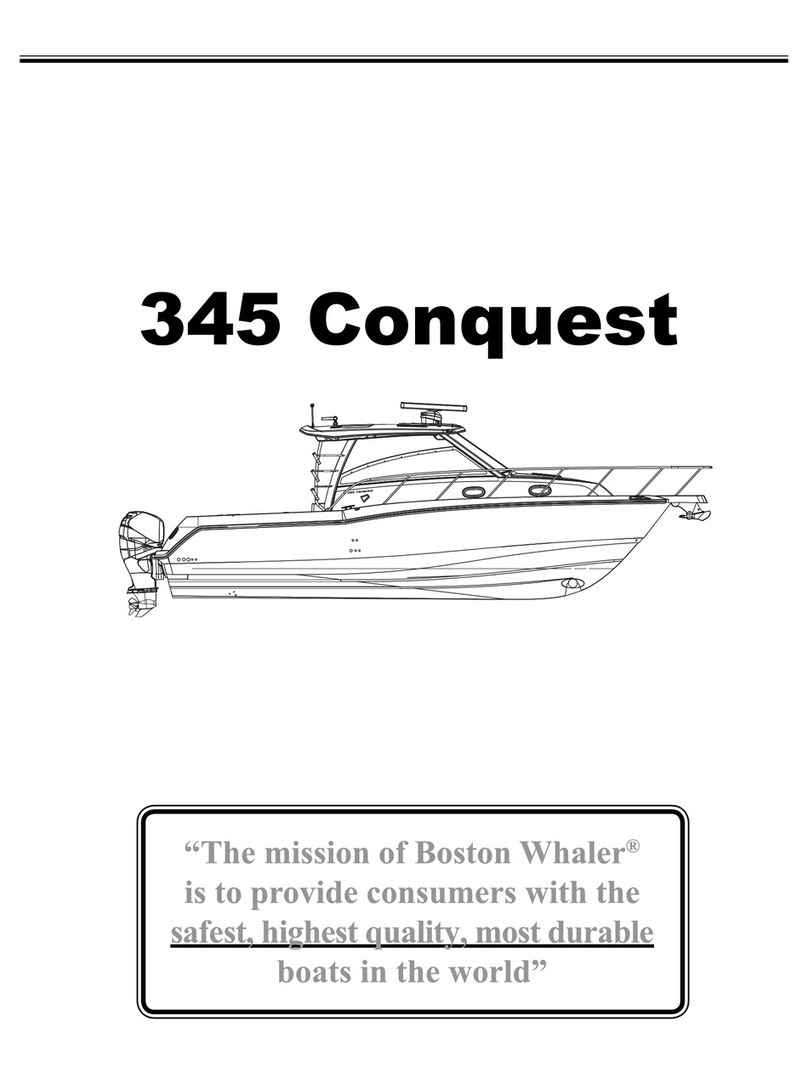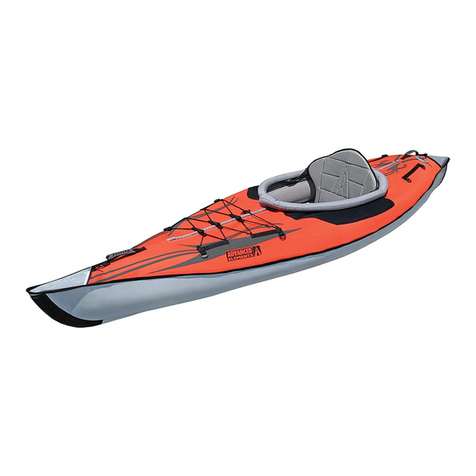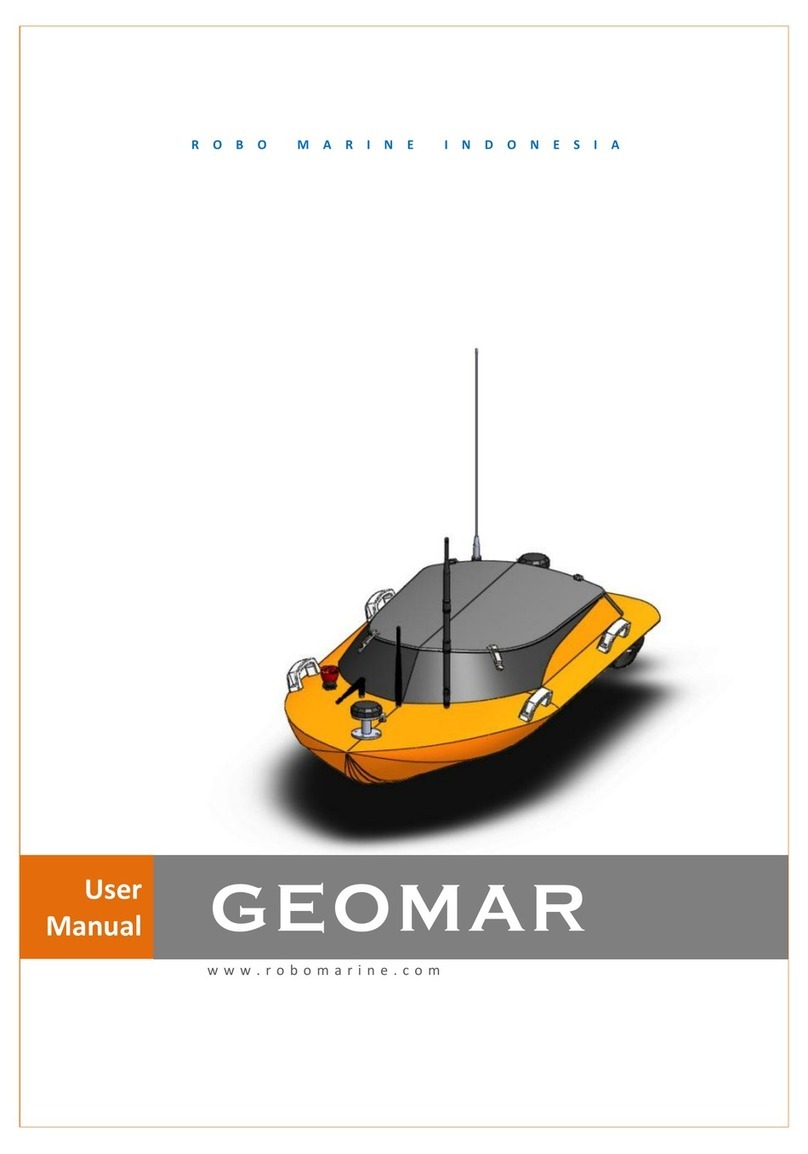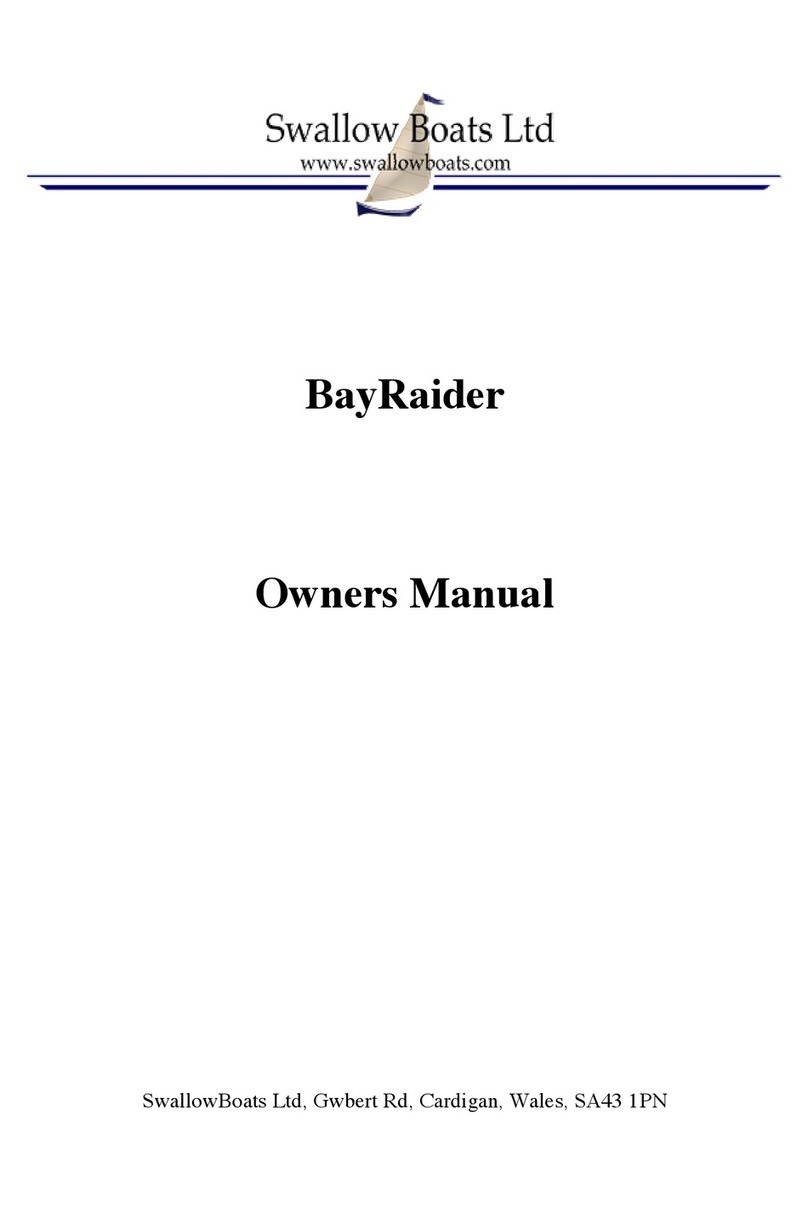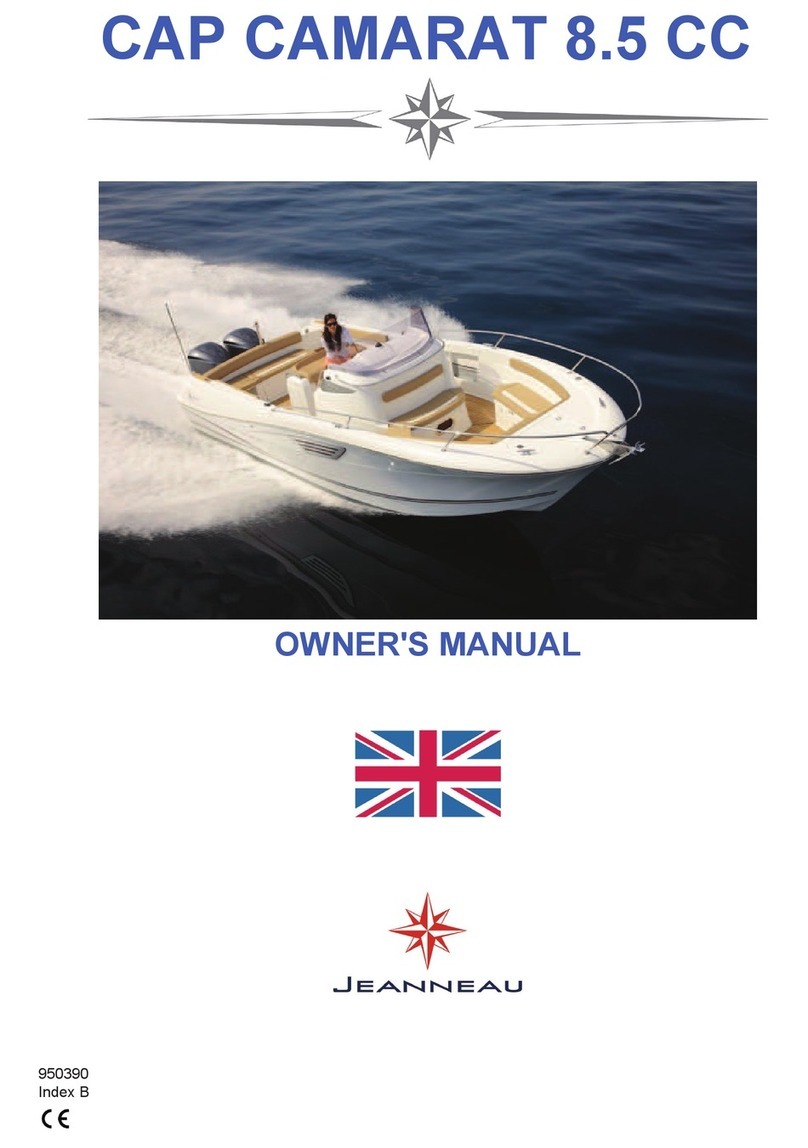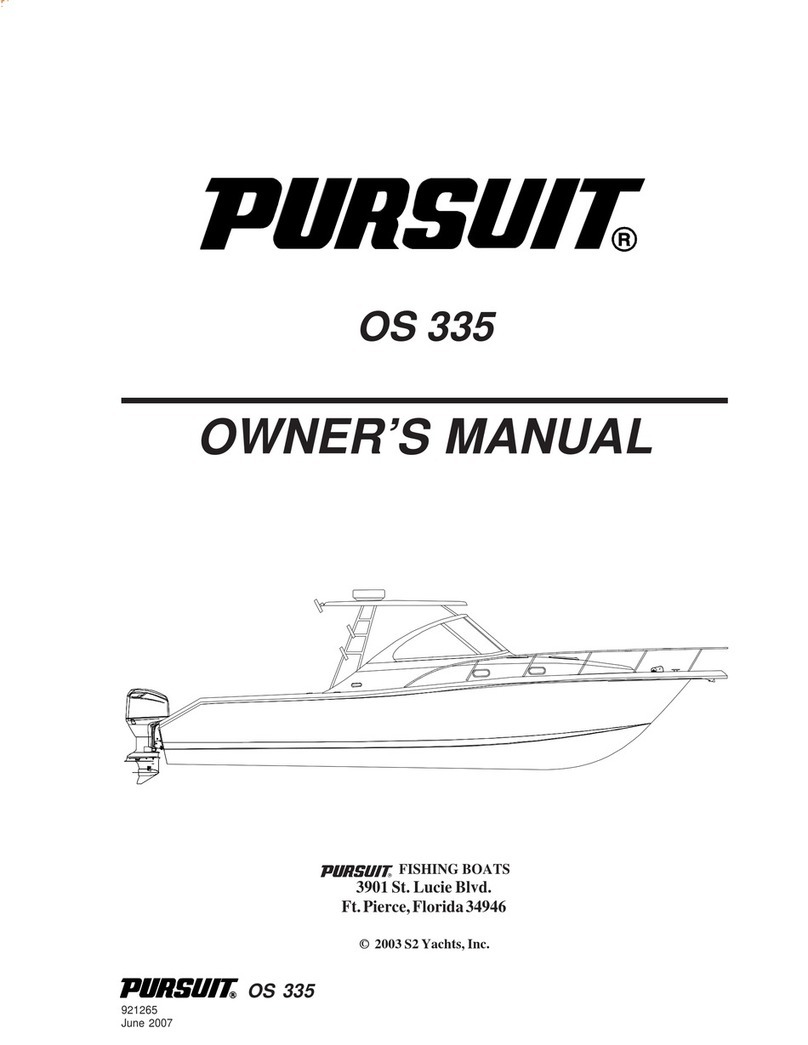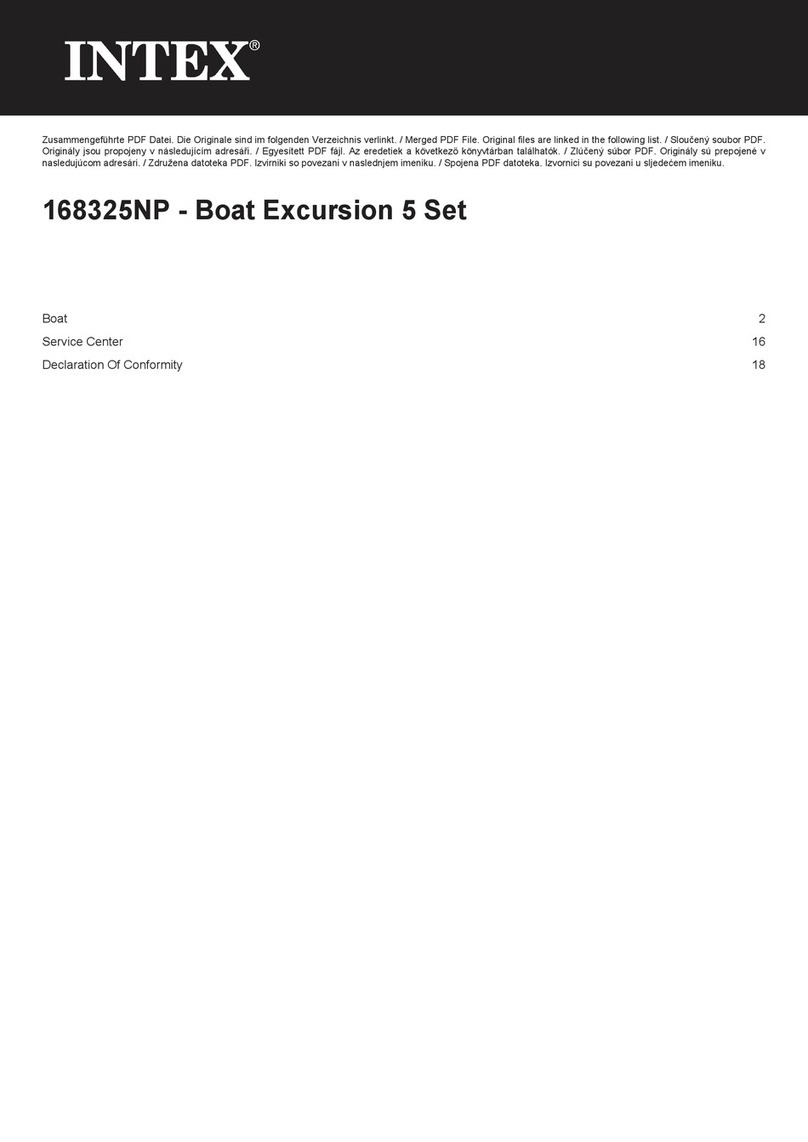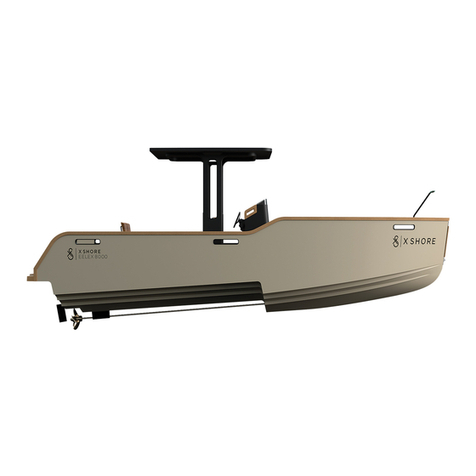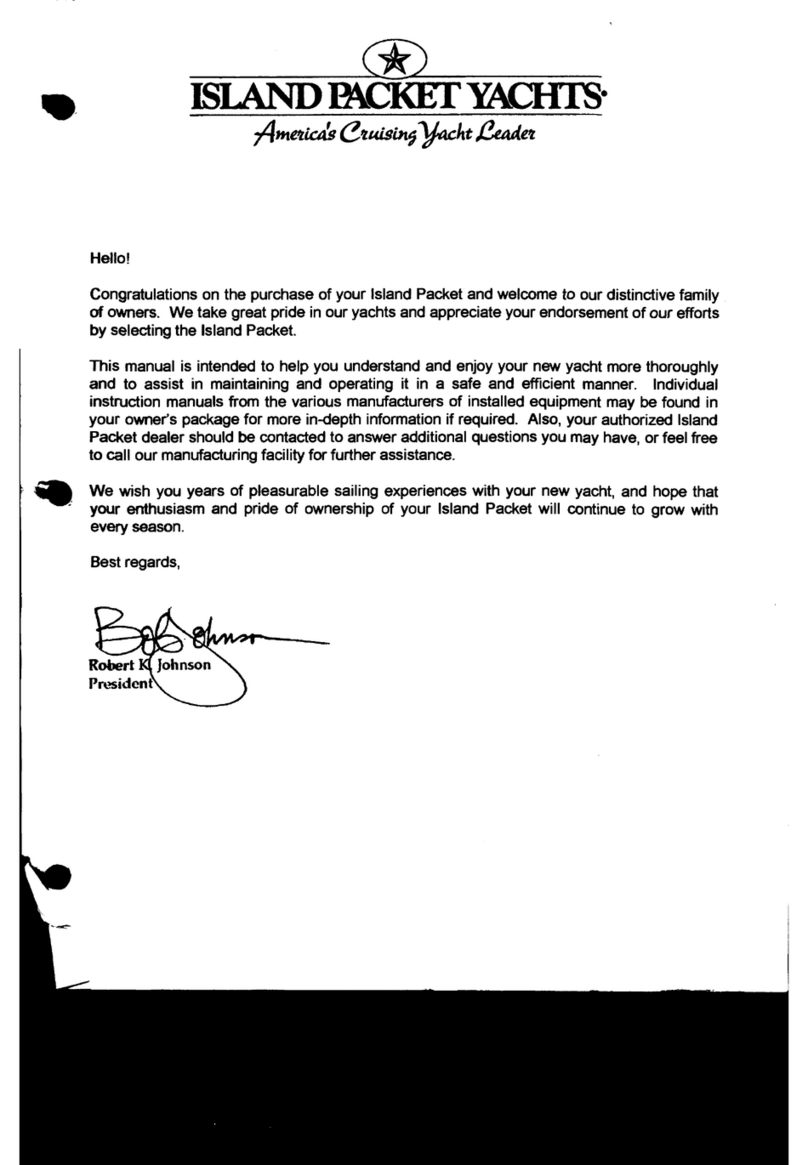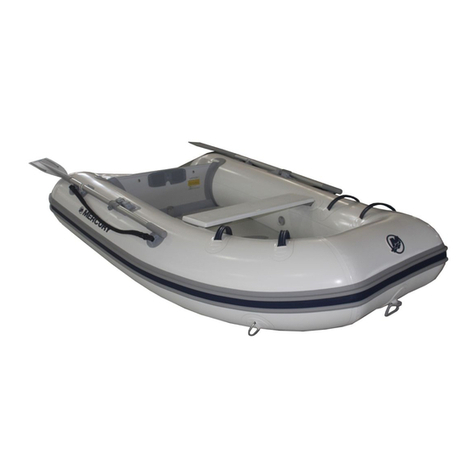
SAVE THESEINSTRUCTIONS
9
Use as few cleaning agents as possible, do not discharge waste agents into water, and clean your kayak preferably on
land. Clean your kayak aer a trip to prevent damage from sand, salt water or sun exposure.
Most dirt can be removed with a garden hose, a sponge and mild soap. Make sure the kayak is completely dry before
storing. Store the product and accessories in a dry, temperature controlled, between 32 degrees Fahrenheit (0 degrees
Celsius) and 104 degrees Fahrenheit (40 degrees Celsius) storage locaon.
PO
Disassembly and Storage
First clean your kayak thoroughly following the Care and Maintenance instrucons. Open all air valves, deate kayak
completely and remove all the accessories from the kayak. Fold the leside of the kayak over and then fold the right
side over the le. Then fold the kayak in half long way then in half again from the middle. Fold the bow and stern
ends in toward the middle of the kayak in secons ghtly while forcing out any remaining air. Replace all air valve
caps. With two opposing folded sides, fold one end over the other like closing a book (Scan QR code above for video
. Your kayak is ready for storage. Fold the kayak loosely and avoid sharp bends, corners and creases which
can damage the kayak. Place folded kayak and accessories in carry bag provided.
Troubleshoong
If your kayak appears a bit so, it might not be because of a leak. If the kayak was inated late in the day with 32 °C
(90 °F) air, that air might cool down to 25 °C (77 °F) overnight. The cooler air exerts less pressure on the hull, so it could
appear sothe next morning.
If there has been no temperature variaon, you need to start looking for a leak:
•Take a good look at your kayak from just a few feet away. Flip it over and closely check over the outside. Any large
leaks should be clearly visible.
•If you have an idea where your leak is, use a mix of dishwashing liquid and water in a spray bole, and spray over
the suspicious areas. Any leak will produce bubbles that will pinpoint the locaon of the leak.
•Check valves for leak, if necessary, spray soapy water around the valve and the valve base.
•If both the valve and the valve cap are not screwed in straight and hand ght, it can cause air leaks.
•It is a good idea to blow your kayak up the day before you plan to use it to ensure that all valves are aached
correctly and there are no leaks.
Repairs
Through constant use you may occasionally puncture your boat. Most leaks only take a few minutes to repair. Your
boat comes with a repair patch kit.
First locate the leak; soapy water will bubble out from the source of the leak. Thoroughly clean the area surrounding
the leak to remove any dirt or grime.
Cut a piece of repair patch large enough to overlap the damaged area by approximately 1.5 cm (1/2"). Round othe
edges and apply a Liquid PVC glue to the patch and PRESS DOWN FIRMLY. You may want to use a weight on top to keep
it in place.
Do not inate 30 minutes aer patching.
You can purchase a Liquid PVC based glue for repairing camping mats, tents or shoes from your local marine store to
patch your boat, please refer to the instrucon of the glue for patching.
